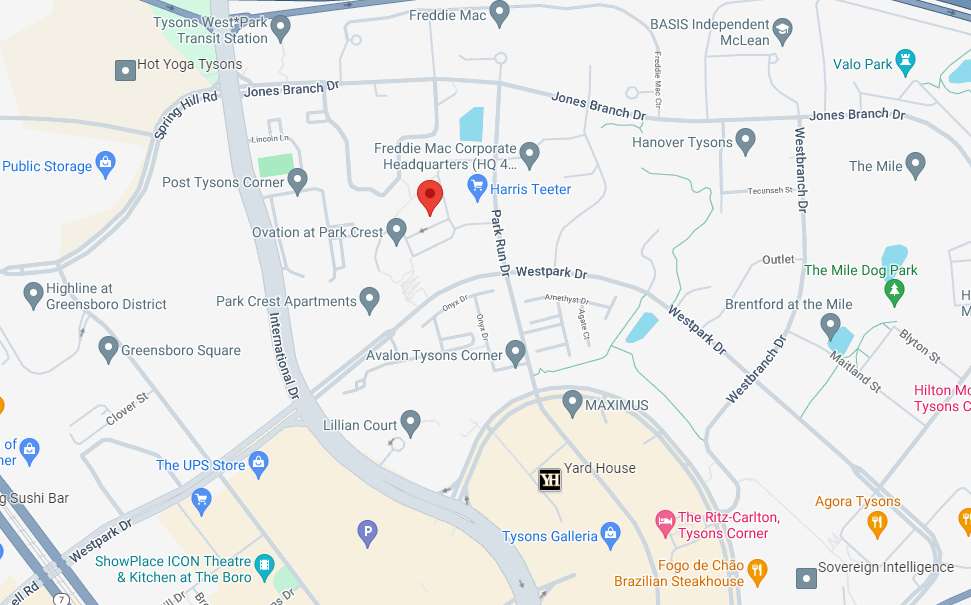This is a sponsored column by attorneys John V. Berry and Kimberly H. Berry of Berry & Berry, PLLC, an employment and labor law firm located in Plaza America in Reston that specializes in federal employee, security clearance, retirement and private sector employee matters.
By John V. Berry, Esq.
Many individuals come to us when they receive a document referred to as a Statement of Reasons (SOR) which federal agencies issue to individuals when considering the denial of their security clearance. An SOR can be issued to federal employees or government contractors currently holding or seeking a security clearance.
What is a Statement of Reasons?
A SOR lists the factual basis for potentially denying an individual’s security clearance. The SOR will list individual security concerns and provide the individual an ability to formally respond.
Typically, a federal agency will issue the SOR to the individual following the development of a security clearance concern. Subsequently, this security concern will be reviewed by the federal agency’s security office and either be cleared or proceed formally through the clearance adjudication process.
The SOR is the key document to analyze when attempting to avoid an adverse security clearance decision. For federal employees, agencies will generally attach the SOR to a cover letter that references the agency’s intent to revoke eligibility for the employees’ security clearance and provide it directly to the employee. For government contractors, the government will typically issue the SOR through the employer’s security officer.
The following is an example of a SOR issued for a federal employee based on personal conduct:
STATEMENT OF REASONS
Guideline E, Personal Conduct: Conduct involving questionable judgment, lack of candor, dishonesty, or unwillingness to comply with rules and regulations can raise questions about an individual’s reliability, trustworthiness, and ability to protect classified or sensitive information. Of special interest is any failure to cooperate or provide truthful and candid answers during national security investigative or adjudicative processes.
- a. On September 26, 2018 after a fellow employee accused you of theft in the office you engaged in aggressive physical conduct towards him and were subsequently detained by law enforcement.
- On September 27, 2018 you falsely recorded the amount of hours you worked on your weekly time sheet.
- On October 23, 2018, you lied to investigators when you falsely stated that you worked all of the hours you claimed on your weekly time sheet on September 27, 2018.
How to Respond to a SOR
If an individual receives a SOR, the key for a potential successful defense involves being able to refute the specific factual allegations or to mitigate them. This process begins with hiring an attorney to assist the individual in their response.
In the example above, since it is often the case that mistakes are made in SOR’s or that information is outdated, the first step is to determine from the individual whether the allegations themselves are true, i.e. whether they actually engaged in physical conduct, falsely recorded hours on their time sheet and/or was truthful with investigators during the investigation.
Accordingly, if the facts turn out to be true, the next task is to find out what mitigating factors could be helpful in explaining why the person should still be granted a security clearance.
To do this, one must review the National Security Adjudicative Guidelines for potential conditions that can mitigate the corresponding security concerns. Additionally, the Whole-Person Concept provides overall mitigation factors for security clearance matters.
For instance, in the example above, after reviewing the Adjudicative Guidelines and the Whole-Person Concept, there may be an argument that the issues raised were isolated incidents and do not reflect the overall character of the person.
Similarly, it would also be helpful to understand whether the employee reported the incidents to security officials prior to their discovery. Additionally, letters of character, charitable work, prior military service and/or good work performance can often help to demonstrate mitigation.
Overall, the key to responding to the SOR is to start with the factual allegations, provide a full synopsis of all facts involving each allegation, and then review the corresponding potential mitigating factors. Taking these steps will begin the process of properly preparing an effective response to the SOR.
Conclusion
We represent federal employees and government contractors in security clearance cases. Should you need assistance in a security clearance matter, please contact us by telephone at 703-668-0070 or through our contact page. Please also visit and like us on our Facebook and Twitter pages.






